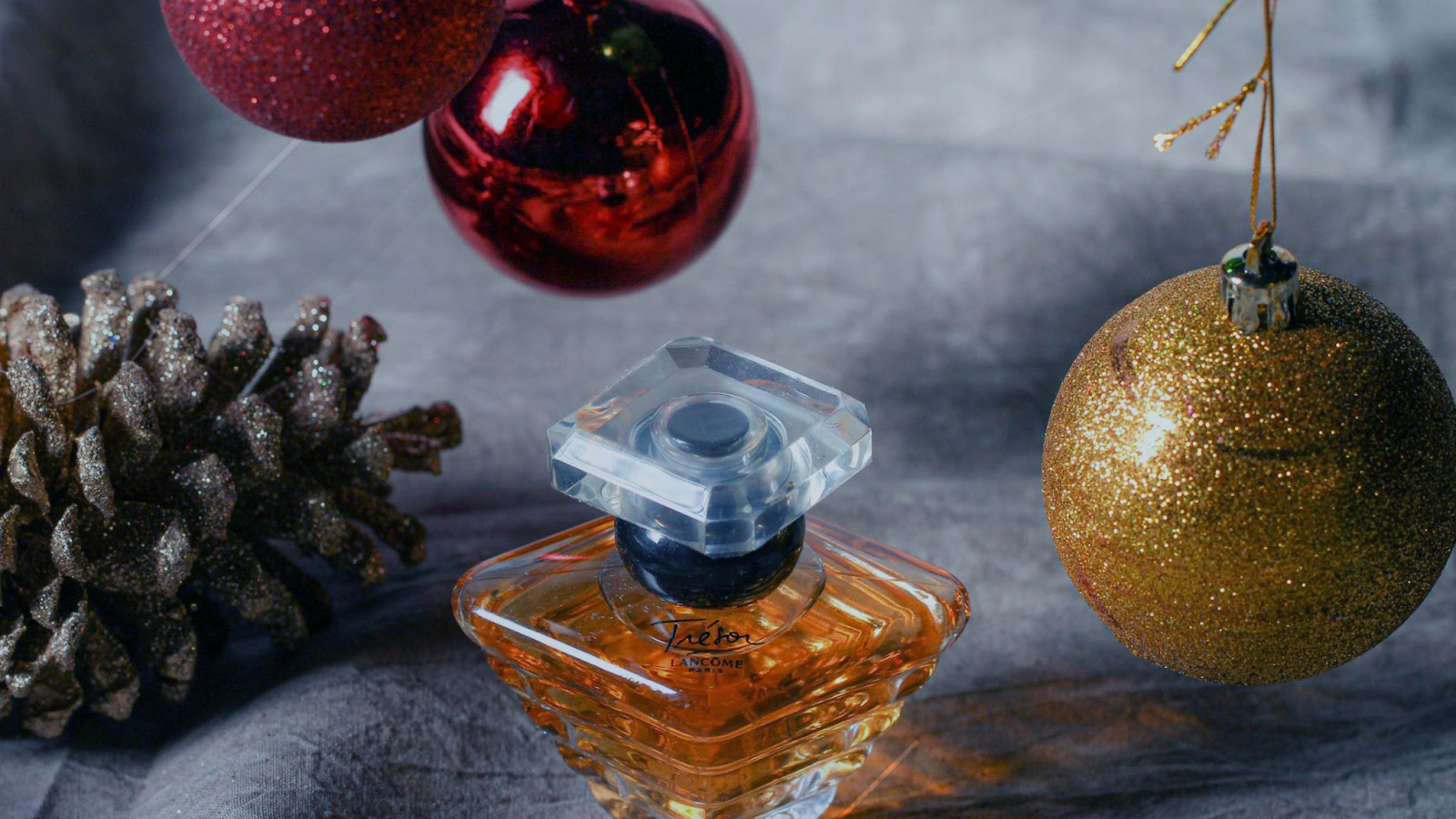Festive Fragrances And How They're Produced/Extracted

December not only brings the joyful sounds of Jingle Bells and Mariah Carey to our ears, but also awakens our sense of smell. Holiday smells such as the aroma of pine from a freshly cut tree, the fireside smell of a crackling fireplace, the spicy aroma of mulled wine, or the smell of gingerbread cookies baking in the oven bring back nostalgic memories. But why is this so?
It's the way we are biologically wired. Our brain plays an important part in associating smells with important memories, scientists say. According to science, our brains use the olfactory bulb — a bulbous mass of tissue that extends from our nose to the base of our brain and which contains a variety of nerve cells whose key function is the sense of smell — to process smells.
The information is passed from the olfactory bulb to the olfactory cortex in the brain. The olfactory cortex is connected to the limbic system and amygdala in the brain, which both play an important role in emotional association during the creation and recall of memories.
Scientists have discovered that information related to smell is transmitted through a different pathway in the brain compared to other senses, which are not passed through the olfactory bulb. This explains why the sense of smell tends to arouse much stronger feelings and memories compared to other senses. This is because we are actually processing a smell and our memories associated with it before we are even consciously aware of what the smell is.
The reality is that we have learnt to associate a certain smell, such as turkey roasting in the oven, with a certain event. As soon as we detect that scent, the memories and emotions associated with it come flooding to the fore. These sensory emotive triggers stay with us forever, scientists say.
How are Festive Fragrances Extracted
Perfumes and fragrances are made from essential oils derived from plant material such as flowers, leaves, fruits, seeds and bark. The three most common methods used to extract oils from plants, include: steam distillation, cold pressing (expression), and solvent extraction.
- Distillation — Simple distillation is a process whereby water is boiled and the vapor produced is allowed to flow through plant material before the condensate is collected in a vessel. But since this method subjects the material to high temperatures, it is not a good choice for products such as volatile oils that are sensitive to heat. Steam distillation is a better and more common method for extracting essential oils from plant materials. In this method, pressurized steam is passed through plant material in a still, causing the plant structures containing the essential oils to rupture, releasing volatile and non-volatile compounds. After this liquid is condensed, it forms two separate layers: hydrosol (fragrant water component such as rosewater or orange flower water) and essential oil (fragrant oil component such as rose oil, orange oil and lavender oil). During steam distillation, pressure and temperature need to be controlled to prevent the essential oils from becoming degraded during the extraction process.
- Cold Pressing (Expression) — Cold pressing is traditionally used to extract essential oils, such as citrus extracts, that are prone to degradation when exposed to heat. The extraction technique used is very simple; fruit peels or other material is pricked or scraped, then pressed to release the essential oils, and the oils that are released are rinsed away with water. The oils together with the water are then separated.
- Solvent Extraction — Solvent-based extraction uses methanol, ethanol, or a petroleum-based hydrocarbon solvent such as acetone, hexane or pentane, to release essential oils from plant material. This results in a mixture consisting of botanical oils, plant solids and solvent, which is usually filtered and vacuum distilled to remove most of the solvent. Solvent extraction is used to extract aromatic compounds from vanilla bean pods to produce vanilla extract.
You can now give your home a special ambiance by using your favorite festive scents to provide a touch of holiday cheer. Festive fragrances tend to be rich, spicy and warm aromas that arouse memories of happy times and immerse you in the spirit of the season. Happy Holidays!
- Most Viewed Blog Articles (5)
- Company News (285)
- Emerging Technologies (64)
- Microbiology and Life Science News (93)
- Water and Fluid Separation News (97)
- Filtration Resources (93)
- Product News (19)


![Join Sterlitech at BIO 2024 [Booth #5558]: Exploring the Future of Biotechnology](https://www.sterlitech.com/media/blog/cache/300x200/magefan_blog/b4.jpeg)



